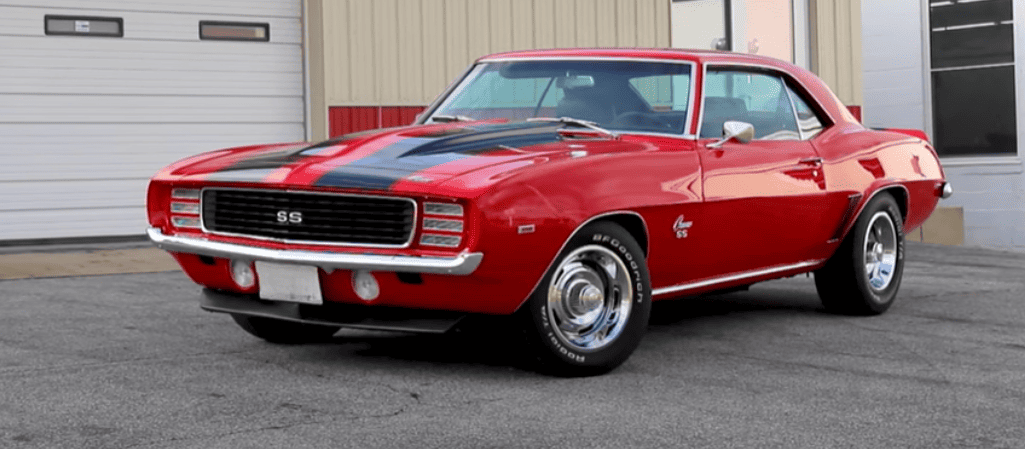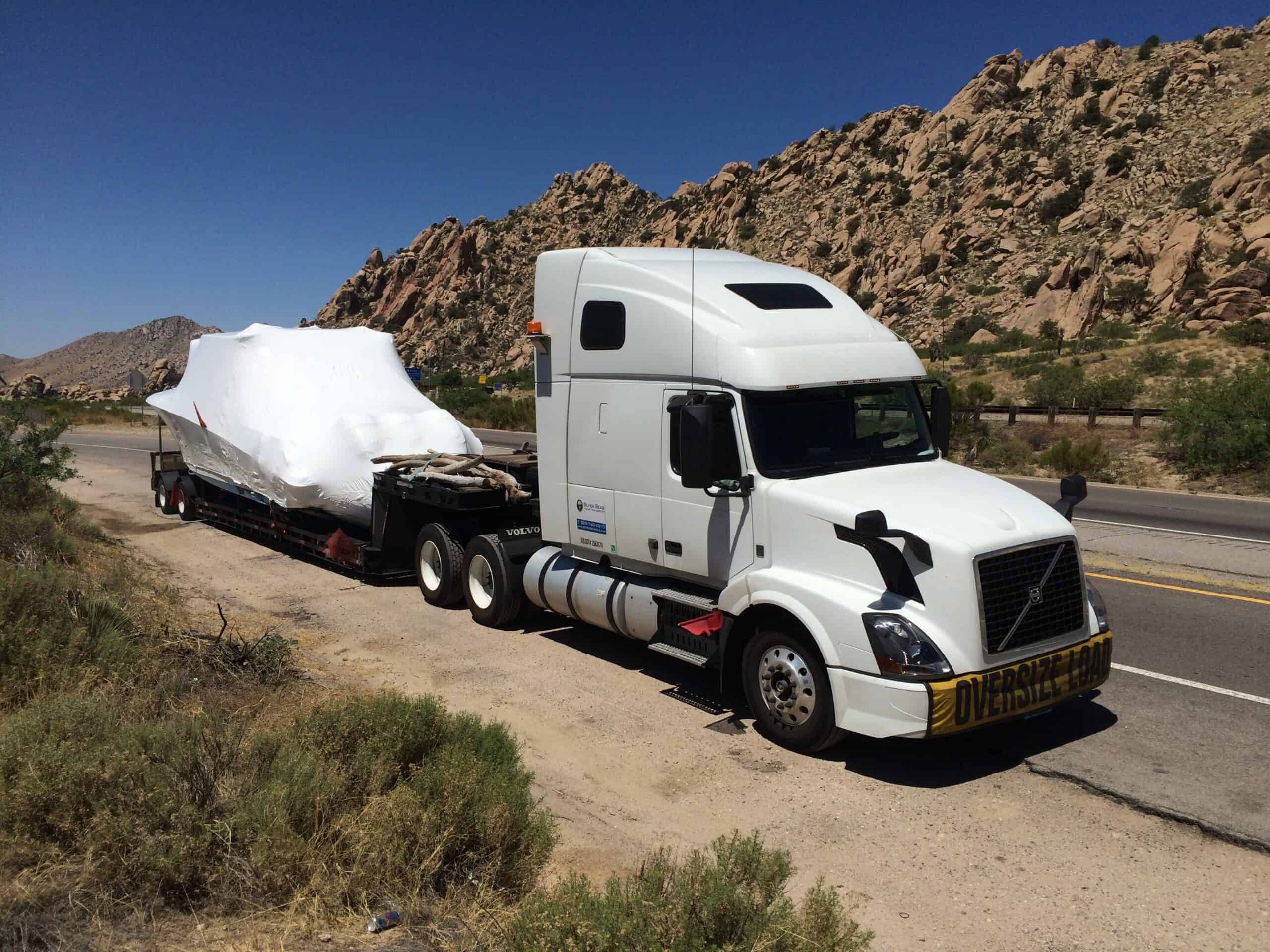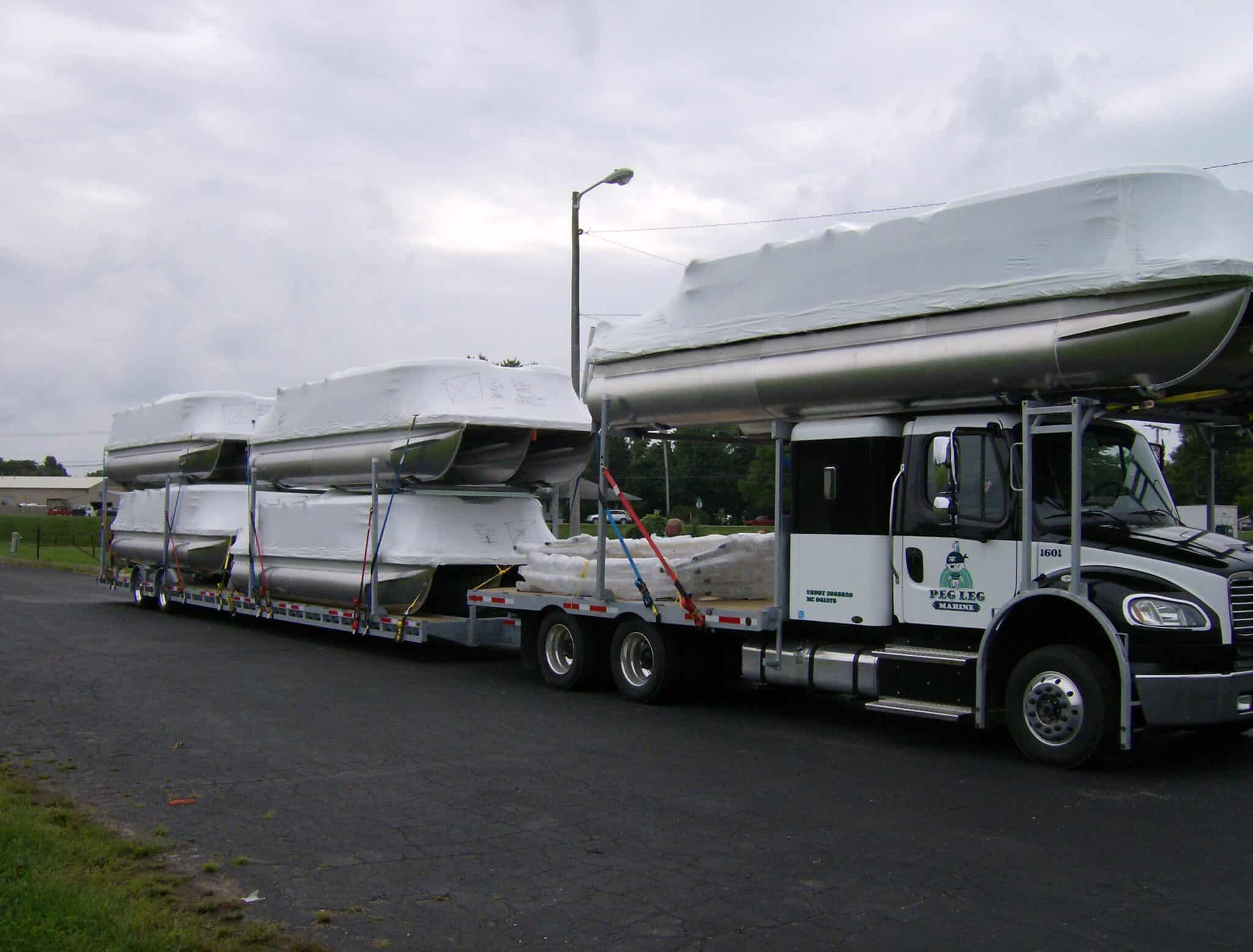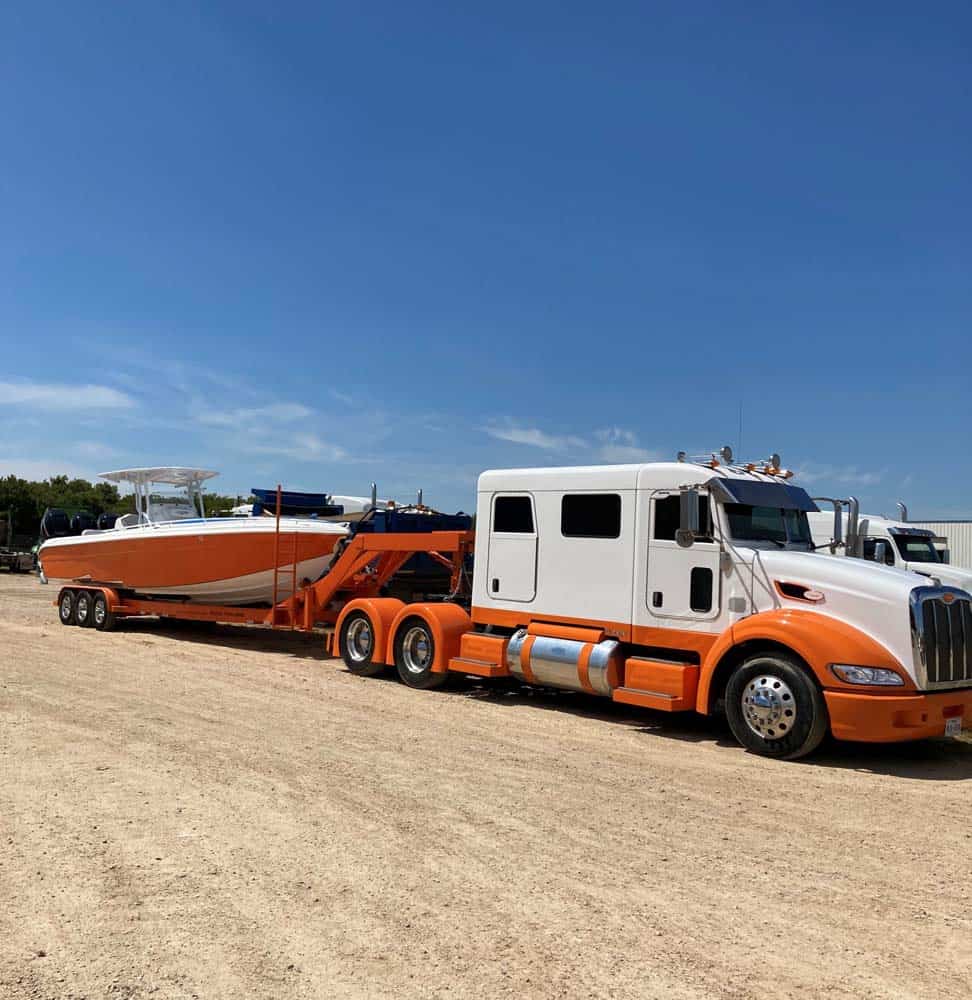How to Transport Your Classic Car Safely

Are you the proud owner of a classic car, a timeless beauty that turns heads wherever it goes? If so, you understand the importance of preserving its pristine condition and protecting it during every aspect of its life, including transportation. Whether you’re relocating, participating in a car show, or purchasing a classic car from afar, it’s crucial to know how to prepare, ship, and safeguard your vintage automobile.
In this comprehensive guide, we’ll walk you through the essential steps to prepare your classic car for transportation, highlight the special precautions you should take during shipping, explain how to ensure proper insurance coverage, explore the best carrier options, and even reveal how you can track your beloved vehicle throughout its journey. By the end of this article, you’ll be equipped with the knowledge and confidence to transport your classic car with utmost care and peace of mind.
Outline:
- How Should I Prepare My Classic Car for Transport?
- What Special Precautions Should I Take When Shipping A Classic Car?
- How Can I Ensure My Classic Car Is Properly Insured During Transport?
- What Type of Carrier Is Best Suited for Transporting Classic Cars?
- Can I Track My Classic Car During Its Journey?
How Should I Prepare My Classic Car for Transport?
Here are some tips on how to prepare your classic car for transport:
- Clean the car inside and out. This will help to protect the car from the elements and from dirt and debris that could get kicked up during transport.
- Fill the gas tank to a 1/4 tank or less. This will help you save on weight.
- Check the tire pressure and make sure the tires are in good condition.
- Remove any loose items from the car, such as CDs, sunglasses, or tools. These items could become projectiles during transport and cause damage to the car or to the transport carrier.
- Take pictures of the car before it is transported. This will help you document any existing damage in case of a claim.
- Make sure your car is properly secured to the carrier. The carrier should be equipped with tie-downs that are specifically designed for classic cars.
What Special Precautions Should I Take When Shipping A Classic Car?
Classic cars are a valuable investment, and it’s important to take the necessary precautions to ensure that they are transported safely and securely. Here are some special precautions you should take when shipping a classic car:
- Choose a reputable auto transport company that specializes in transporting classic cars. Ask about the company’s insurance coverage and inspect the carrier before your car is loaded.
- Make sure your car is properly secured to the carrier. The carrier should be equipped with tie-downs that are specifically designed for classic cars.
- Insure your car for its full value. The standard insurance that comes with your car may not cover it if it is damaged during transport. You can purchase additional insurance to cover your car during transport.
- Consider having your car transported in an enclosed trailer. This will provide added protection from the elements and from theft.
- Remove any loose items from the car, such as CDs, sunglasses, or tools. These items could become projectiles during transport and cause damage to the car or to the transport carrier.
- If your car has a battery disconnect switch, turn it off before transporting the car. This will help to prevent the battery from draining during transport.
How Can I Ensure My Classic Car Is Properly Insured During Transport?
Ensuring that your classic car is properly insured during transport is crucial for protecting your valuable investment. While reputable auto transport companies typically carry insurance, it’s essential to take proactive steps to ensure adequate coverage. Here are some key considerations to help you navigate the insurance aspect of transporting your classic car:
- Check your current insurance policy. Some insurance policies may cover classic cars during transport, but others may not. If your current policy does not cover classic cars, you may need to purchase additional insurance.
- Contact your insurance company. Once you have determined whether or not your current policy covers classic cars during transport, contact your insurance company to discuss your options. They may be able to offer you additional coverage or they may be able to refer you to a company that specializes in insuring classic cars during transport.
- Ask the transport company about their insurance coverage. In addition to your own insurance, you should also ask the transport company about their insurance coverage. This will help to protect you in case your car is damaged during transport.
- Get a copy of the transport company’s insurance policy. Once you have received a copy of the transport company’s insurance policy, be sure to read it carefully. This will help you understand what is covered and what is not covered.
- Take pictures of your car before it is transported. This will help you document any existing damage in case of a claim.
- Insure your car for its full value. This will ensure that you are fully compensated in case your car is damaged during transport.
- Consider purchasing additional insurance, such as gap insurance or extended warranty insurance. This will help to protect you in case your car is totaled or if it is damaged beyond repair.
- Be sure to read the terms and conditions of your insurance policy carefully. This will help you understand what is covered and what is not covered.
By following these tips, you can help ensure that your classic car is properly insured during transport.
What Type of Carrier Is Best Suited for Transporting Classic Cars?
Choosing the right carrier depends on factors such as the value of your classic car, your budget, the distance of transport, and your personal preferences. If your classic car has significant sentimental or monetary value, and you want maximum protection, an enclosed car carrier is the recommended choice. However, if you’re comfortable with some exposure to elements and prioritize affordability, an open car carrier can be a suitable option.
- Open Car Carriers:
- Overview: Open car carriers are the most common and cost-effective option for vehicle transportation. These carriers consist of a trailer with multiple levels, where cars are loaded onto open racks.
- Advantages:
- Affordability: Open carriers are generally more affordable compared to enclosed carriers, making them a popular choice for many car owners.
- Availability: Due to their prevalence, open carriers are often readily available and can accommodate multiple vehicles at once.
- Accessibility: Loading and unloading classic cars onto open carriers is relatively straightforward and efficient.
- Considerations:
- Exposure to Elements: Classic cars transported on open carriers are exposed to weather conditions, road debris, and potential damage from elements like rain, dust, and sunlight.
- Risk of Damage: Although uncommon, there is a minimal risk of scratches or minor damage due to road debris or shifting during transport.
- Enclosed Car Carriers:
- Overview: Enclosed car carriers provide a higher level of protection by enclosing the vehicles within an enclosed trailer. These carriers are often equipped with advanced security and climate control features.
- Advantages:
- Enhanced Protection: Enclosed carriers shield classic cars from external elements, including weather, road debris, and harmful UV rays.
- Secure Transportation: The enclosed environment offers additional security against theft and reduces the risk of damage from potential accidents.
- Climate Control: Enclosed carriers typically provide climate-controlled environments, maintaining stable temperature and humidity levels that are beneficial for delicate classic car finishes and interiors.
- Considerations:
- Higher Cost: Enclosed carriers are generally more expensive due to the added level of protection and specialized equipment.
- Limited Availability: Enclosed carriers might have limited availability and may require advanced booking, especially during peak seasons or for long-distance transports.
- Loading/Unloading Challenges: Due to the enclosed nature, loading and unloading classic cars onto enclosed carriers may be more complex and time-consuming.
Can I Track My Classic Car During Its Journey?
Yes, you can track your classic car during its journey. Many auto transport companies offer tracking services, so you can track your car’s journey. This can be helpful to know when your car is scheduled to arrive and to see if there are any delays.
There are a few different ways to track your classic car during its journey. Some auto transport companies will provide you with a tracking number that you can use to track your car’s progress online. Other companies will send your text or email updates with your car’s location.
Making Informed Decisions When Shipping Your Car
Shipping your car can be an intimidating process, but with the right knowledge and preparation, you can ensure a successful delivery. Understanding freight costs, researching carriers carefully, preparing your vehicle for transport, selecting appropriate insurance and finding reliable shippers are all important steps to take when shipping your car. By following these tips outlined in this article, you will have peace of mind knowing that you’ve made informed decisions during the entire process. If you have any questions contact us at (800) 880-0468 or (863) 226-0903 and let our team of experts help you with your transport needs. With VeriTread’s vetted carriers experienced in automotive transports, listing your shipment is easy and hassle-free. So don’t wait any longer – get started today!
CATEGORIES
recent posts

Anchoring Your Budget: Understanding and Managing Boat Transport Costs

Your Guide to Boat Transport Regulations and Permits


